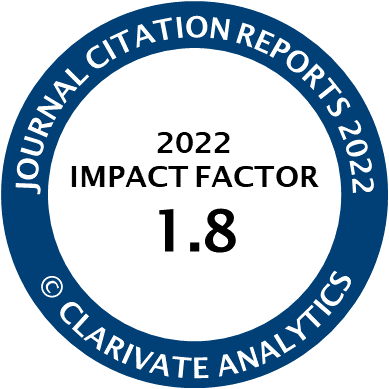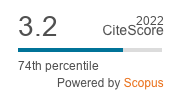Article | Open Access
Urban Transformations and Complex Values: Insights From Beirut
| Views: | 1099 | | | Downloads: | 819 |
Abstract: Through an urban renewal process driven by a well-resourced Lebanese diaspora and foreign investment, Beirut has undergone conspicuous morphological densification, characterised by parcel aggregation and exploitation of building height. Planning agencies have contributed to these transformations, deliberately involved in the production of illegality, and contributing to unplanned urban development. Although recent literature has substantially furthered our understanding of deregulated planning in Beirut, little is known of the preferences of residents with regards to the urban development process. This article sheds light on how morphological densification affects the complex values attached by residents to their urban environments using a novel data set and mixed-methods approach. It explores how dramatic urban restructuring affects resident values of architectural amenities and neighbourhood belonging. Findings show that although living in areas with different rates of building change does not affect preferences for architectural amenities, it affects resident socio-political activism towards the preservation of their built environment. Residents living in areas with high building-change rates had almost 50% lower odds of being willing to stop new construction near their location of residence because of their lack of confidence in the planning system. Neighbourhood belonging is not significantly affected by construction rates, but substantially increases both with the number of years lived in a neighbourhood and in locations with better building conditions, confirming a role for the built environment.
Keywords: Beirut; deregulated planning; Lebanon; neighbourhood belonging; urban form; willingness to pay
Published:
© Elisabetta Pietrostefani. This is an open access article distributed under the terms of the Creative Commons Attribution 4.0 license (http://creativecommons.org/licenses/by/4.0), which permits any use, distribution, and reproduction of the work without further permission provided the original author(s) and source are credited.




